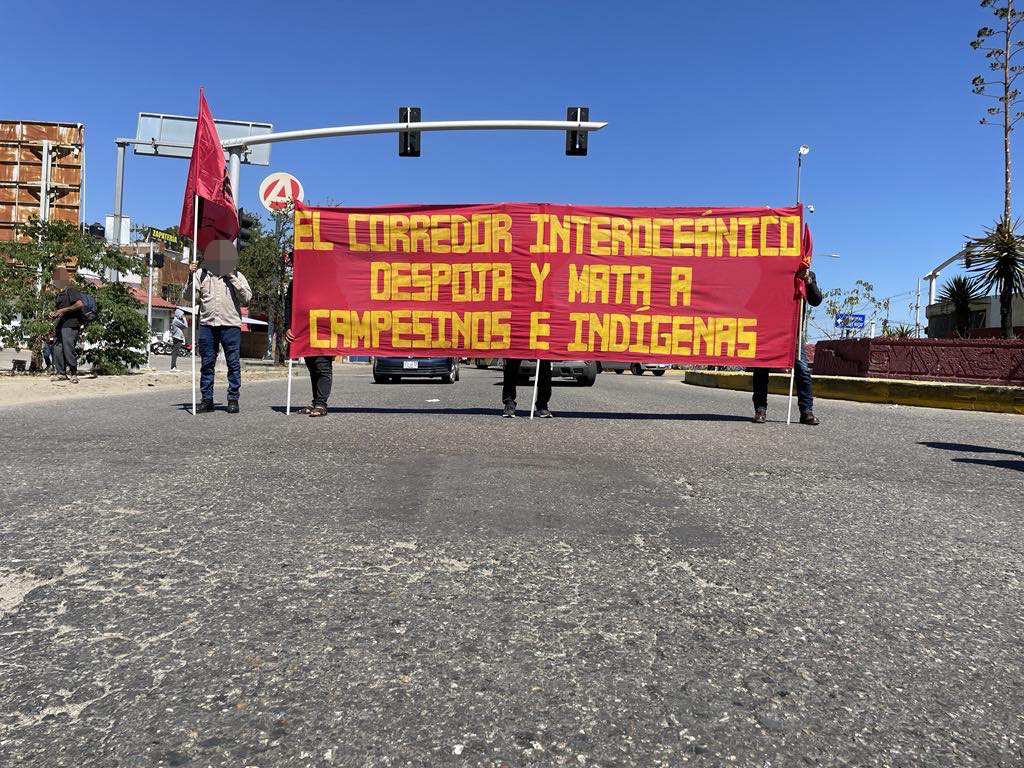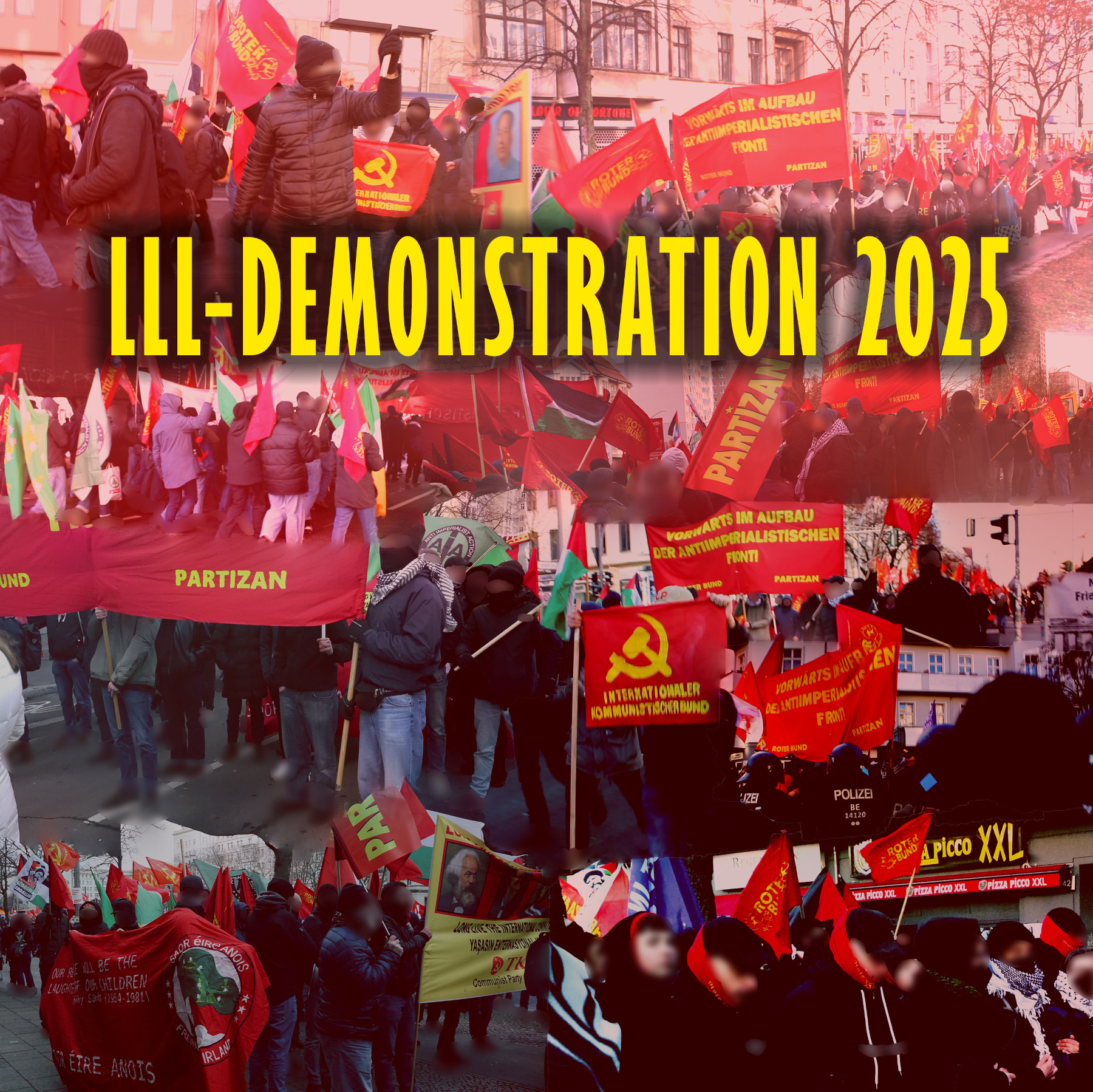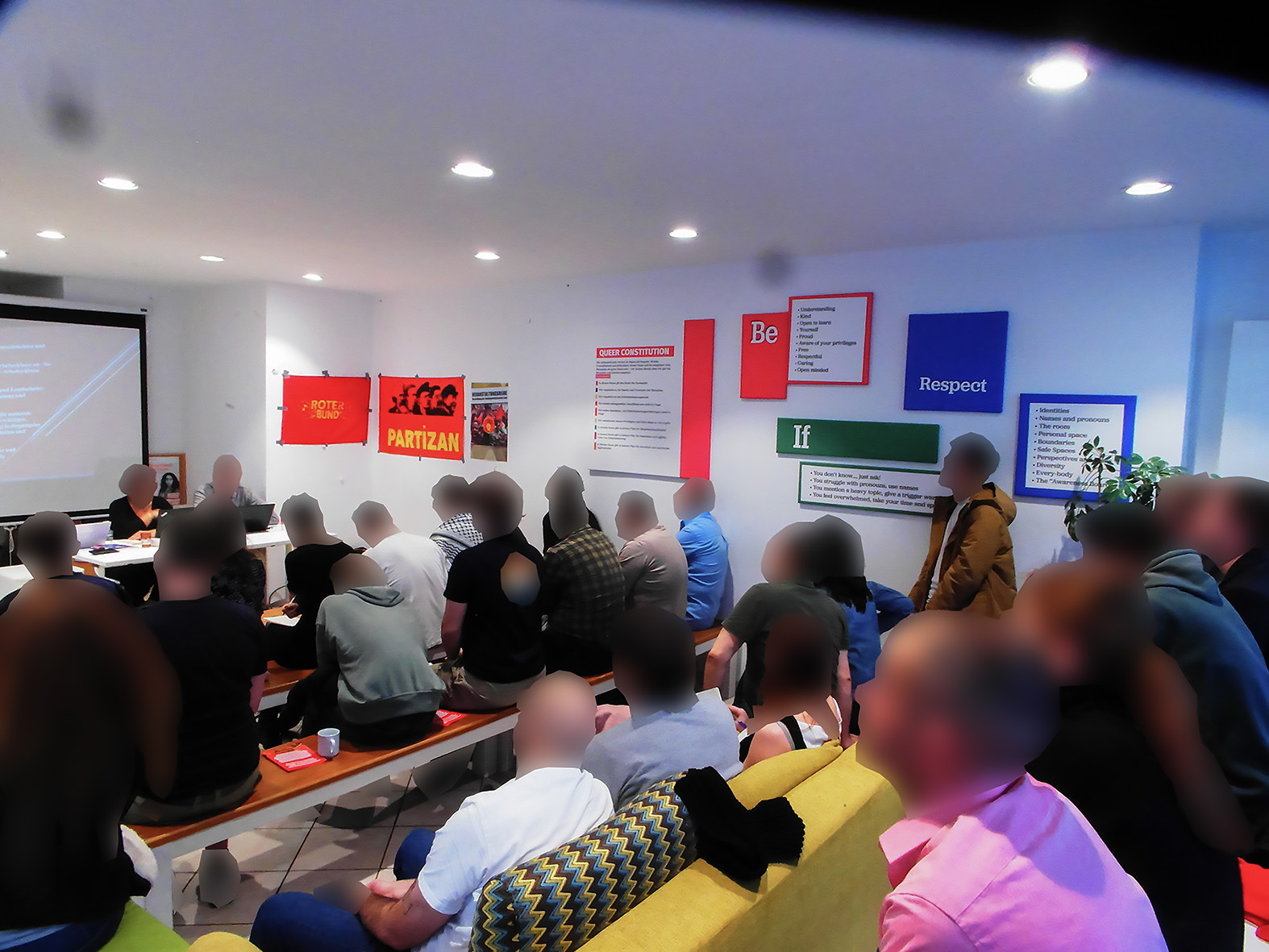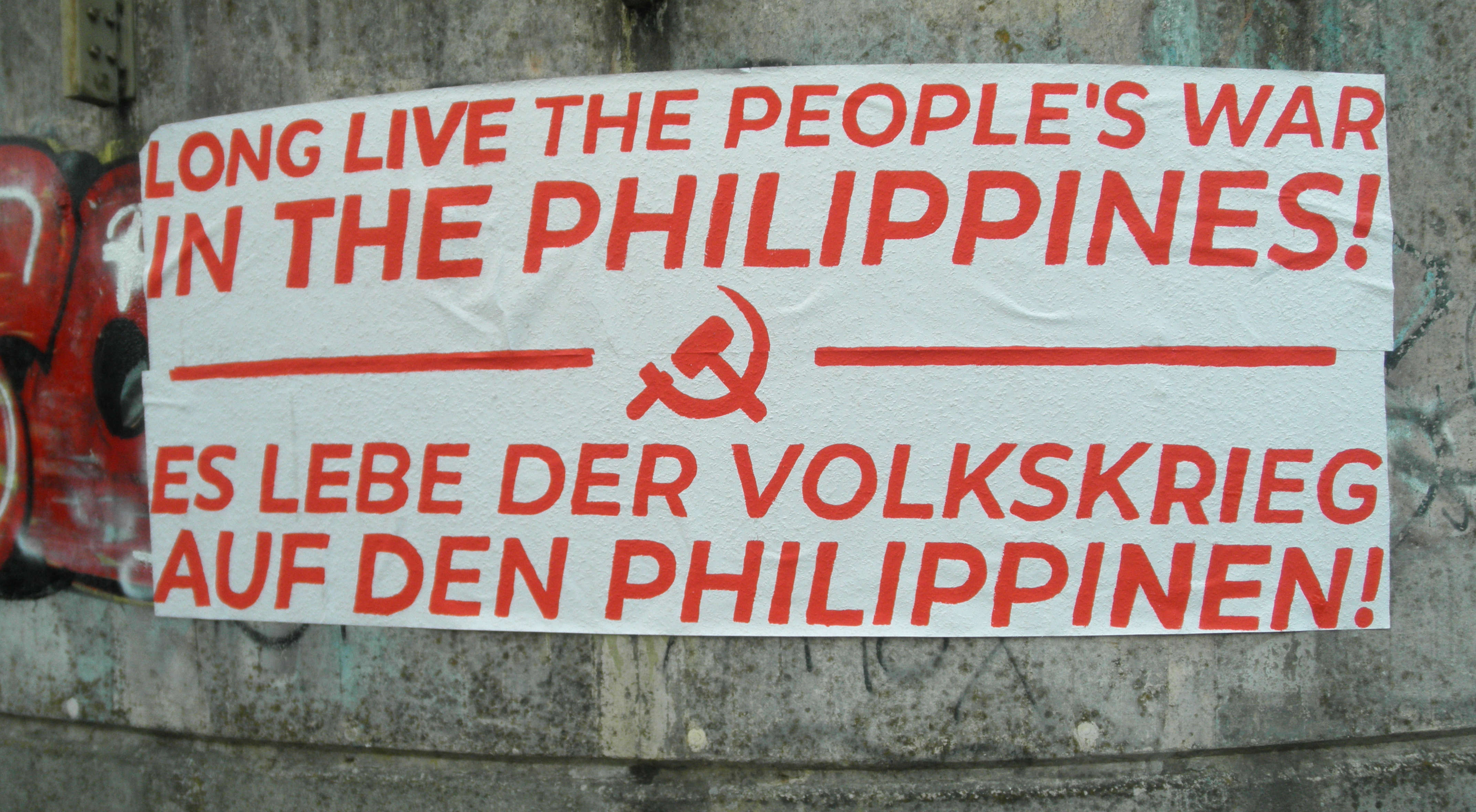We have often reported on the imperialist megaproject of the Interoceanic Corridor on the Isthmus of Tehuantepec. This is an industrial and logistics project consisting of a rail link in the southern isthmus of Mexico, which connects the Pacific and Atlantic oceans and is to be used for the transportation of goods. On the other hand, a federal highway, ten industrial parks and a gas pipeline are being built parallel to the rail link. A central component of the whole project is that both the Atlantic port of Coatzacoalcos and the Pacific port of Salina Cruz are to be expanded into modern industrial ports with a multiplication of their current container capacities. This project, centred around the rail link, is rounded off by the militarization of the entire region by the old Mexican state.
Building on this, we see in particular the bureaucratic capitalism and semi-colonial character of Mexico and why imperialist megaprojects such as the interoceanic corridor are so exemplary of this.
A project like the interoceanic corridor costs billions of dollars to finance. Part of this, 2.8 billion dollars to be precise, is allocated by the so-called Inter-American Development Bank (IDB) as subsidies to companies to make it easier for them to set up in the ten industrial parks. The IDB, which is based in the USA, represents almost all Latin American and Caribbean countries. However, imperialists such as Germany, France, China and the USA are also members. The distribution of voting rights for investment decisions is based on participation in the bank's share capital. The Latin American and Caribbean states together only hold 50.2% of the shares, although they make up 26 of the 48 member states. The USA alone accounts for 30% and the European states for 20%. This puts the USA in particular in a position to invest billions in bureaucratic capital in projects that serve imperialist interests in consultation with its lackey governments in Latin America or other imperialists in Europe. A representative of the bank explains the investment in the interoceanic corridor with the words:"the geographic location and accession to the T-MEC [trade agreement between Mexico, the USA and Canada], which allows privileged access to the North American market".
But this is just one particularly obvious example of the semi-colonial nature of oppressed nations like Mexico. It gets a little more difficult when you look at the billions invested by Mexican hands in the imperialist mega-project.
The rail network of the interoceanic corridor is being built by a subsidiary of "Grupo Mexico". This subsidiary is 74% owned by "Grupo Mexico" and 26% by the US company "Union Pacific". Grupo Mexico, hereinafter referred to as "GM", not only operates almost all rail networks in Mexico, but is also known for being the third-largest copper producer in the world and making billions in profits. The Mexican Velasco family and its head Larrera own the majority of the multi-billion dollar monopoly with over 66% and are among the richest people in the world.
This leads revisionists to come up with the idea of citing the "GM" and the Velasco family as a prime example to "prove" that Mexico is an imperialist country with its own large monopolies. And yet it is quite the other way around, the "GM" is a true prime example of the development of bureaucratic capitalism through imperialism. For contrary to the claims of the revisionists, the "GM" and its history are not about an independent development of Mexican monopolies that make up part of an alleged Mexican imperialism, but about how bureaucratic capitalism is developed by imperialism.
The story of "GM" does not start with Mexican capital, but begins with the US capitalist Guggenheim family in 1880. The Guggenheims invested in mining and smelting operations in the USA. In 1889, Guggenheim persuaded Mexican mine owners to send their silver ore to his smelters in the USA. The following year, the US Congress passed high import tariffs on ores. As a result, the Guggenheims bought up smelters and then entire mines in Mexico in 1882 and 1885. By 1901, the Guggenheim smelters were already processing 40% of the lead and 20% of the silver mined in Mexico. A short time later, the Guggenheims bought a large stake in the Yankee mining conglomerate "ASARCO". In the following decades, the Guggenheims bought or founded numerous mines and smelters in Mexico and then placed them under the control of this Yankee conglomerate. At the same time, millions of dollars were also invested in the development of technologies in the Guggenheim "ASARCO" mines in Mexico. For example, for increased electricity production for more efficient mining of the minerals.
In 1947, "ASARCO" was already the largest private labor buyer in Mexico. In 1962, "ASARCO" had an annual turnover of 80 million US dollars, although only around 2 million remained as profit. This was due to high tax rates and export duties. However, the Mexican government made "ASARCO" an offer to reduce the export duties if the conglomerate came under Mexican majority ownership. "ASARCO" then sold 51% of its shares to the Italian-Mexican industrial magnate Bruno Pagliai, and "Asarco Mexicana, S.A." changed its name to "Industrial Minera Mexico, S.A.". Further name changes followed in the subsequent years after a further 15% was sold to Mexican shareholders and in 1978 the former US conglomerate became a "Mexican" stock corporation. In 1992, the "Grupo Industrial Minera Mexico" was de facto reorganized as "Grupo Mexico". As a result, "GM" bought all remaining foreign holdings from the US conglomerate "ASARCO" as well as, for example, the mining subsidiary "Mexicana de Cananea", which had previously originated from the US mining company "Anaconda Copper Mining Co.".
In 1997, "GM" founded a subsidiary together with the US company "Union Pacific" and leased the operating rights to the Mexican rail network from the Mexican government for 50 years. This lease was financed by US capital, namely Wall Street credits. It was not until 1999 that "GM" really became what it is today when it bought out its former parent company "ASARCO" and thus also took over its business in the USA, Peru and other countries.
This example clearly shows what the revisionists are blind to. The "GM" and other non-state and state-owned Mexican monopolies are not the product of an independent development of a Mexican bourgeoisie. They are not the product of their own independent primitive accumulation, not the product of a Mexican democratic revolution. There was no independent Mexican basic capital, no independent technological development or investment. Yes there are large monopolies in Mexico and yes there are very wealthy Mexican capitalists, but these monopolies are not a product of an independent Mexican capitalist class, both in their origin and in their interrelationships, but a product of a bureaucratic capitalism developed in the oppressed nations by imperialism for its own purposes and interests. What the revisionists do not understand is the structural asymmetric relationship and history between the capital of a semi-colonial country and that of the imperialists, which is the essence of bureaucratic capitalism. This asymmetrical relationship and dependency goes far beyond the mutual dependencies that capitalists generally have among themselves as market participants.The revisionists only see that a lot of money is in Mexican hands and think "Oh imperialism". Thus they only see contradictions between imperialists on the world level and thus negate the principal contradiction between imperialism and oppressed nations and thus also the necessity of the new democratic revolution in the oppressed nations as liberation from imperialism.
symbolic image











